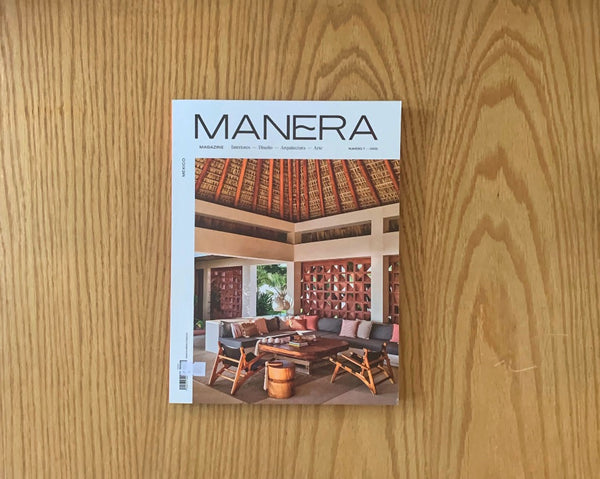The architecture of logistics is profoundly political. It measures, maps, and modulates the terrain through its projection of power-relations onto the topography. It creates spatial networks that are constituted through the circulation of capital and calibrated to meet the requirements for security and risk management. Such a direct translation of risk factors and economic values into a spatial configuration inevitably produces a territory that is alienated from both the natural topography and forms of labor.
The book is an inquiry into the nature of changing paradigms in logistics. It aims to offer a cross-disciplinary platform for an exchange of ideas among artists, architects, historians, philosophers, engineers, and planners. We believe that it is only through cultivating a common imaginary that we will be able to know, resist, and effectively work against and from within the logistical system that shapes our lives, territories, and cities.










